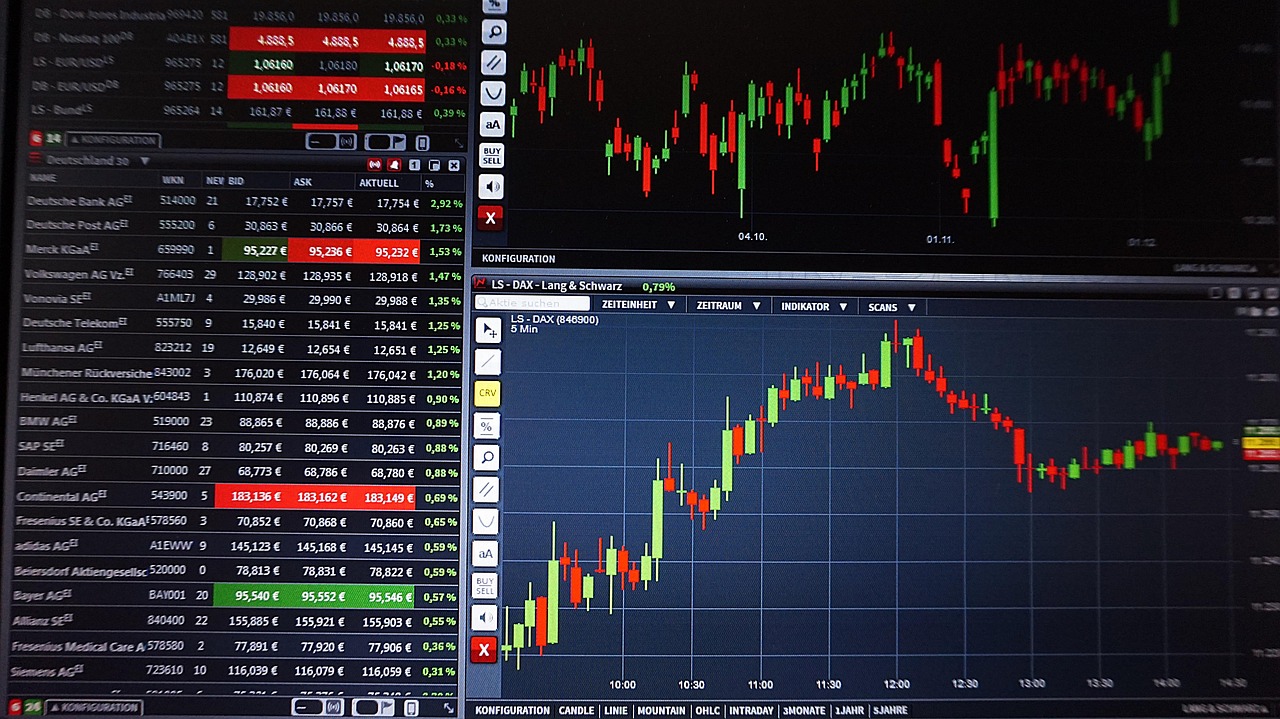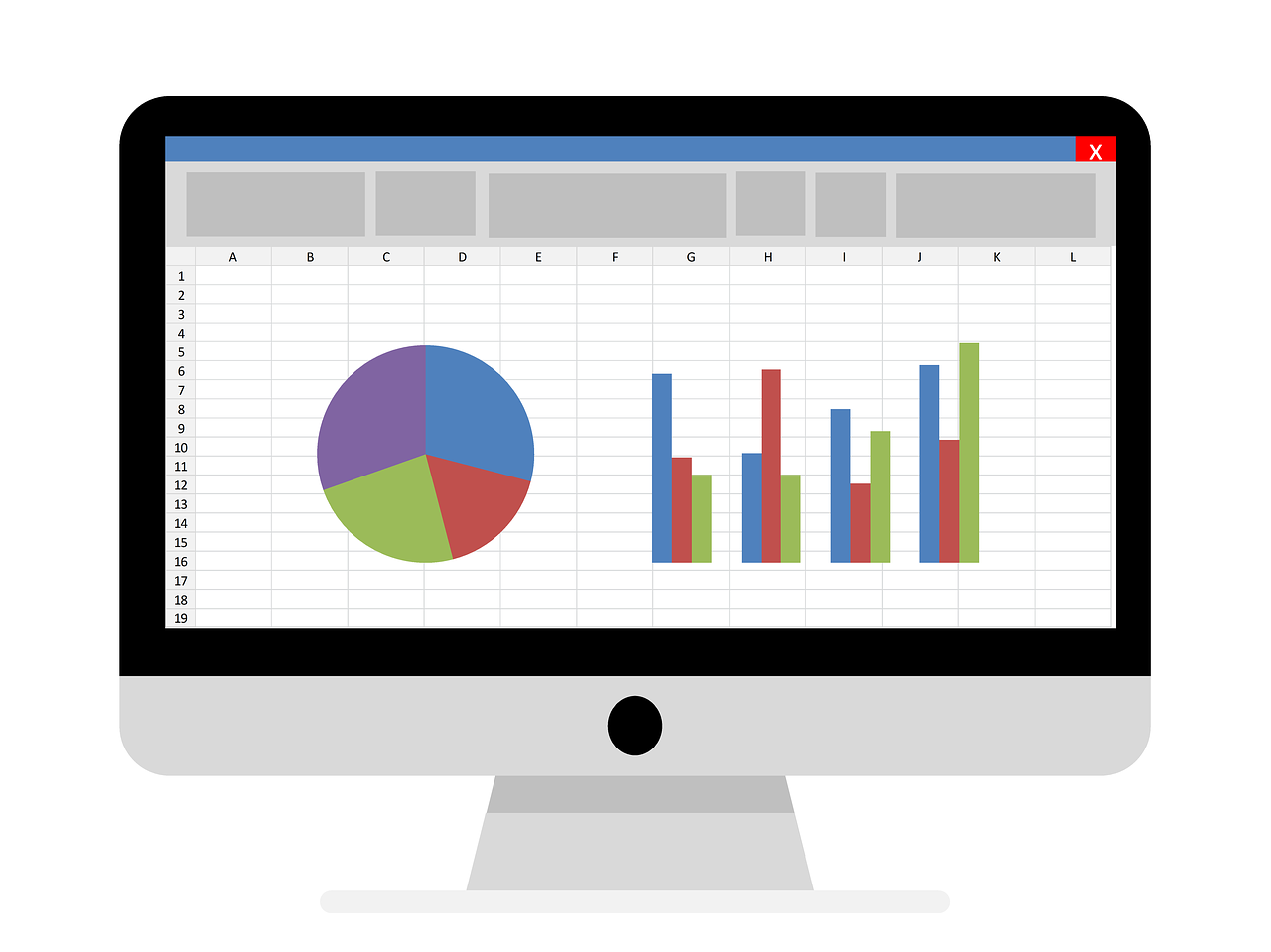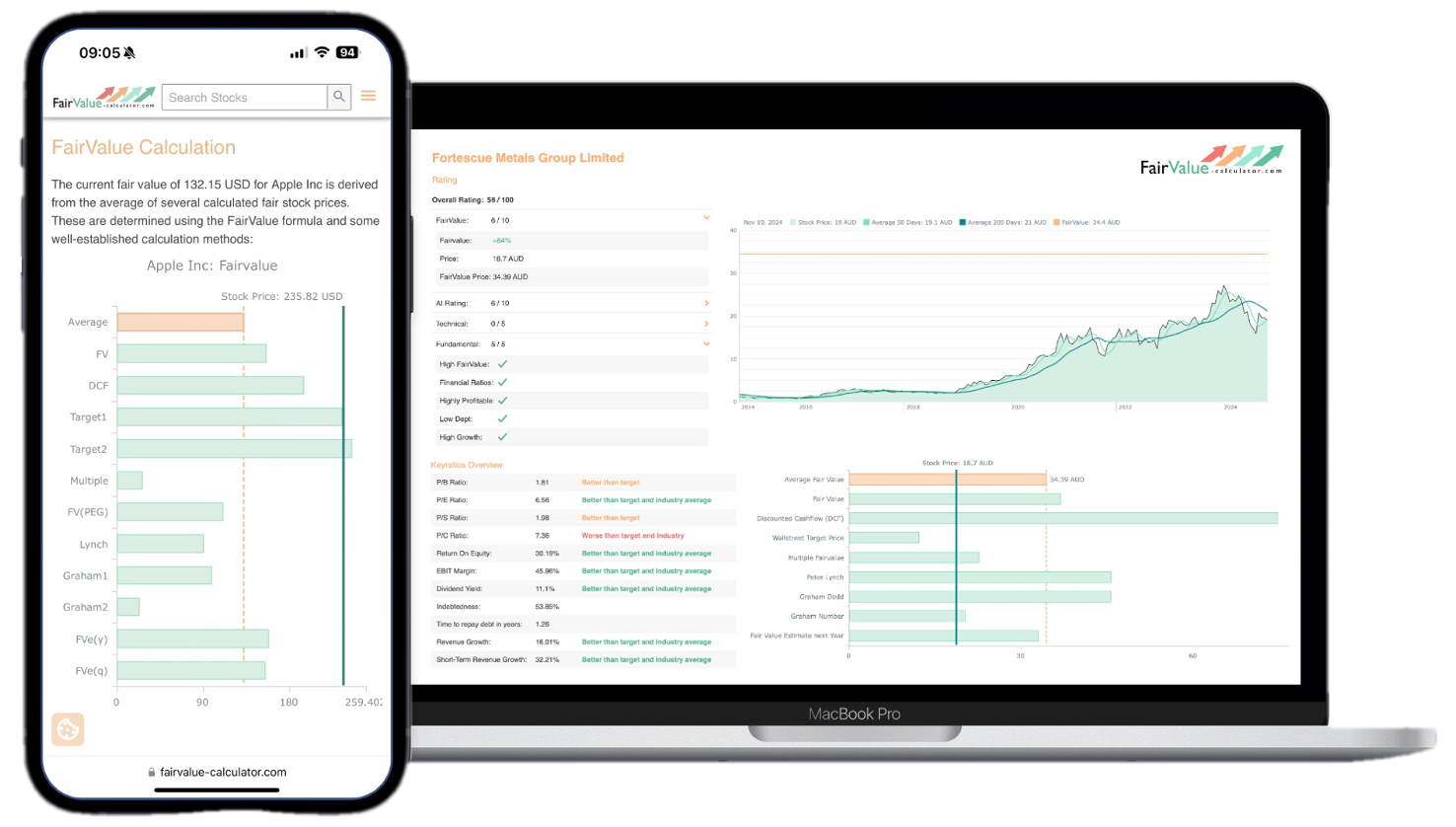When it comes to making smart investment decisions, one of the most fundamental questions every investor faces is whether to trust what the market says a stock is worth or to rely on their own analysis of what it should be worth. This age-old debate between intrinsic value vs market price forms the cornerstone of value investing and is crucial for anyone serious about building long-term wealth in the stock market.
Understanding the difference between fair value vs stock price can mean the difference between buying undervalued gems and overpaying for hyped-up stocks. In this comprehensive guide, we’ll break down everything you need to know about stock valuation explained in simple terms, helping both beginners and seasoned investors make more informed decisions.
What is Intrinsic Value?
Intrinsic value represents the true, fundamental worth of a company based on its actual business performance, assets, earnings potential, and future cash flows. Think of it as the price a well-informed buyer would pay for the entire business if it weren’t publicly traded.
Explore our most popular stock fair value calculators to find opportunities where the market price is lower than the true value.
- Peter Lynch Fair Value – Combines growth with valuation using the PEG ratio. A favorite among growth investors.
- Buffett Intrinsic Value Calculator – Based on Warren Buffett’s long-term DCF approach to determine business value.
- Buffett Fair Value Model – Simplified version of his logic with margin of safety baked in.
- Graham & Dodd Fair Value – Uses conservative earnings-based valuation from classic value investing theory.
- Intrinsic vs. Extrinsic Value – Learn the core difference between what a company’s really worth and what others pay.
- Intrinsic Value Calculator – A general tool to estimate the true value of a stock, based on earnings potential.
- Fama-French Model – For advanced users: Quantifies expected return using size, value and market risk.
- Discount Rate Calculator – Helps estimate the proper rate to use in any DCF-based valuation model.
Unlike market price, which fluctuates based on investor emotions, market sentiment, and short-term news, intrinsic value is grounded in concrete financial metrics and business fundamentals. It’s calculated using various valuation methods that analyze:
- Free cash flow projections: How much cash the company generates after necessary investments
- Asset values: The worth of tangible and intangible assets minus liabilities
- Earnings power: The company’s ability to generate consistent profits
- Growth prospects: Realistic expectations for future expansion and profitability
- Competitive advantages: Factors that help the company maintain market position
Warren Buffett, arguably the most successful value investor of all time, famously said that intrinsic value is “the discounted value of the cash that can be taken out of a business during its remaining life.” This definition emphasizes that a company’s true worth lies in its ability to generate cash for shareholders over time.
💡 Discover Powerful Investing Tools
Stop guessing – start investing with confidence. Our Fair Value Stock Calculators help you uncover hidden value in stocks using time-tested methods like Discounted Cash Flow (DCF), Benjamin Graham’s valuation principles, Peter Lynch’s PEG ratio, and our own AI-powered Super Fair Value formula. Designed for clarity, speed, and precision, these tools turn complex valuation models into simple, actionable insights – even for beginners.
Learn More About the Tools →Understanding Market Price
Market price, on the other hand, is simply what investors are willing to pay for a stock at any given moment. It’s determined by the constant interaction of buyers and sellers in the stock market, influenced by factors that often have little to do with the company’s actual business performance.
Several forces drive market price movements:
Emotional factors play a huge role in short-term price movements. Fear during market downturns can drive prices well below intrinsic value, while greed during bull markets can push them far above what companies are actually worth. The dot-com bubble of the late 1990s and the 2008 financial crisis are perfect examples of how emotions can create massive disconnects between market price and fundamental value.
Market sentiment and news cycles can cause dramatic price swings overnight. A single earnings miss, management change, or industry report can send a stock soaring or plummeting, regardless of whether the news materially affects the company’s long-term prospects.
Technical trading and algorithmic programs now account for a significant portion of daily trading volume. These systems buy and sell based on price patterns, momentum, and mathematical models rather than fundamental analysis, which can amplify price movements in both directions.
Liquidity and market structure also impact pricing. Stocks with low trading volume can experience larger price swings from relatively small buy or sell orders, while highly liquid stocks tend to have more stable pricing that better reflects consensus opinion.
The Key Differences: Fair Value vs Stock Price
The relationship between intrinsic value and market price creates the foundation for value investing. Here are the crucial differences every investor should understand:
Time horizon perspective represents perhaps the most significant difference. Intrinsic value focuses on long-term business fundamentals and cash-generating ability, while market price reflects immediate investor sentiment and short-term expectations. A company might trade at $50 per share today due to temporary concerns, while its intrinsic value based on long-term cash flows might be $80.
Calculation methodology varies dramatically between the two. Intrinsic value uses rigorous financial analysis, including discounted cash flow models, asset valuations, and earnings multiples compared to similar companies. Market price, however, is determined by whatever the last transaction occurred at, which might have been influenced by a single large order or algorithmic trading.
Stability and volatility show stark contrasts. A company’s intrinsic value changes gradually as business fundamentals improve or deteriorate over quarters and years. Market price can swing wildly on a daily or even hourly basis, sometimes moving 10-20% on news that doesn’t materially affect the company’s long-term prospects.
Information incorporation happens differently for each measure. Market prices instantly reflect all available public information, including rumors, speculation, and investor emotions. Intrinsic value calculations focus on verified financial data and reasonable projections based on historical performance and industry analysis.
Consider the example of Amazon during the dot-com crash of 2000-2002. The stock fell from over $100 to under $10, yet the company’s fundamental business of e-commerce was actually growing stronger during this period. Investors who understood the difference between temporary market pessimism and long-term business value were rewarded handsomely.
When Market Price and Intrinsic Value Diverge
The most profitable opportunities in investing often occur when market price significantly diverges from intrinsic value. Understanding why these gaps occur and how to identify them is crucial for successful investing.
Market inefficiencies create these opportunities. Despite the efficient market hypothesis suggesting that all information is quickly reflected in stock prices, real-world markets are far from perfectly efficient. Behavioral biases, information asymmetries, and structural market factors regularly create pricing anomalies that savvy investors can exploit.
Behavioral biases consistently drive market prices away from fair value. Recency bias causes investors to overweight recent events when valuing stocks. Herding behavior leads to momentum-driven buying and selling that pushes prices to extremes. Loss aversion makes investors hold losing positions too long and sell winners too quickly, creating persistent mispricings.
Information processing delays occur because not all investors have the time, skills, or resources to properly analyze every stock. When a company reports complex financial results or makes strategic changes, it may take weeks or months for the market to fully understand and properly price the implications.
Institutional constraints can also create divergences. Mutual funds forced to sell stocks that fall below certain market caps, pension funds with limited ability to invest in small companies, and regulatory restrictions can all cause temporary supply and demand imbalances that push prices away from intrinsic value.
The 2008 financial crisis provides numerous examples of extreme divergences. High-quality companies like Coca-Cola, Johnson & Johnson, and Microsoft saw their stock prices fall 30-50% despite minimal impact on their underlying business fundamentals. Investors who recognized these as temporary market dislocations rather than permanent value destruction were able to generate exceptional returns.
Stock Valuation Explained: Methods for Calculating Intrinsic Value
Professional investors use several proven methods to estimate intrinsic value, each with its own strengths and appropriate applications. Understanding these approaches will help you develop your own valuation skills.
Discounted Cash Flow (DCF) analysis is often considered the gold standard for intrinsic value calculation. This method projects a company’s future free cash flows and discounts them back to present value using an appropriate discount rate. The DCF approach works best for mature companies with predictable cash flows and requires careful assumptions about growth rates, profit margins, and capital requirements.
The basic DCF formula involves forecasting 5-10 years of free cash flows, estimating a terminal value for cash flows beyond the forecast period, and discounting everything back to present value. While mathematically straightforward, the challenge lies in making reasonable assumptions about future performance.
Asset-based valuation focuses on what a company owns minus what it owes. This approach works particularly well for companies with significant tangible assets like real estate, natural resources, or manufacturing equipment. Book value provides a starting point, but adjustments for market values of assets and hidden liabilities are often necessary.
For technology companies or service businesses with few tangible assets, asset-based valuation typically understates intrinsic value since it doesn’t capture the value of intellectual property, brand recognition, or human capital.
Earnings-based multiples compare a company’s current valuation metrics to historical averages or industry peers. Price-to-earnings (P/E), price-to-book (P/B), and enterprise value-to-EBITDA ratios provide quick ways to assess whether a stock appears cheap or expensive relative to comparable companies.
The key to using multiples effectively is ensuring you’re comparing truly similar companies and adjusting for differences in growth rates, profitability, and risk profiles. A fast-growing technology company might justifiably trade at a higher P/E ratio than a mature utility company.
Dividend discount models work well for companies with consistent dividend payment histories. This approach calculates intrinsic value based on the present value of expected future dividend payments, making it particularly useful for evaluating utility stocks, REITs, and other income-focused investments.
What Should Investors Trust More?
The answer to whether investors should trust intrinsic value or market price depends largely on your investment timeline, risk tolerance, and specific situation. However, the most successful long-term investors typically use both measures in complementary ways.
For long-term wealth building, intrinsic value should be your primary guide. Companies trading significantly below their calculated intrinsic value often represent the best opportunities for substantial returns over 3-5 year periods. This approach requires patience and the emotional discipline to buy when others are selling, but history shows it’s the most reliable path to investment success.
For short-term trading and timing, market price dynamics become more relevant. If you’re trying to optimize entry and exit points for positions you plan to hold for weeks or months, understanding technical analysis, market sentiment, and momentum can improve your results.
The ideal approach combines both perspectives. Use intrinsic value analysis to identify fundamentally attractive investment opportunities, then use market price patterns to optimize your timing and position sizing. This dual approach helps you buy great companies at good prices while avoiding the trap of overpaying even for excellent businesses.
Risk management benefits from considering both measures. When market price significantly exceeds your calculated intrinsic value, it may be time to reduce position sizes or take profits. Conversely, when quality companies trade well below intrinsic value, it often represents an opportunity to increase allocations.
Consider establishing clear guidelines for yourself: perhaps you’ll only buy stocks trading at least 20% below your calculated intrinsic value, and you’ll consider selling when they reach 90% of intrinsic value. These rules help remove emotion from decision-making and create a systematic approach to value investing.
Practical Applications for Different Investor Types
Beginning investors should start by learning to calculate basic intrinsic value metrics before making any stock purchases. Focus on understanding price-to-earnings ratios, price-to-book values, and debt-to-equity ratios for companies you’re considering. Many online calculators and financial websites provide these metrics, but learning to calculate them yourself builds crucial analytical skills.
Start with large, established companies in industries you understand. It’s much easier to estimate the intrinsic value of a well-known retailer or consumer goods company than a complex technology or biotech firm. As your skills develop, you can tackle more challenging valuations.
Intermediate investors should develop spreadsheet models for DCF analysis and learn to adjust financial statements for one-time items and accounting quirks. Focus on understanding the key drivers of value in different industries and how to make reasonable assumptions about future growth and profitability.
Practice by analyzing stocks you already own or are considering buying. Compare your intrinsic value calculations to current market prices and track how well your estimates predict future stock performance.
Advanced investors can incorporate more sophisticated techniques like sum-of-the-parts valuations for conglomerates, real options valuations for companies with significant growth opportunities, and scenario analysis to account for different possible futures.
Consider developing your own screening criteria to identify potentially undervalued stocks, then conduct detailed fundamental analysis on the most promising candidates. This systematic approach helps you efficiently allocate research time while maintaining analytical rigor.
Common Pitfalls to Avoid
Overconfidence in valuations represents one of the biggest dangers for individual investors. Remember that even professional analysts with teams of researchers and industry contacts frequently make valuation errors. Always use conservative assumptions and consider multiple scenarios when calculating intrinsic value.
Ignoring market sentiment entirely can be costly even for long-term investors. While market prices often diverge from intrinsic value in the short term, completely ignoring technical factors and investor sentiment can result in poor timing and unnecessary volatility in your portfolio.
Falling in love with calculations at the expense of business quality is another common mistake. A stock might appear cheap based on traditional metrics, but if the underlying business is in permanent decline, low valuations might be justified. Always consider qualitative factors like competitive position, management quality, and industry trends alongside quantitative analysis.
Failing to update assumptions as new information becomes available can lead to holding positions too long. Intrinsic value isn’t static – it changes as business fundamentals evolve, industry conditions shift, and competitive landscapes transform.
Building Your Investment Framework
Success in investing requires developing a consistent framework that incorporates both intrinsic value analysis and market price considerations. Start by defining your investment objectives, time horizon, and risk tolerance, then build analytical processes that support your goals.
Create a systematic approach to stock selection that includes screening criteria, fundamental analysis steps, and decision rules for buying and selling. Document your reasoning for each investment decision so you can learn from both successes and mistakes.
Most importantly, remember that investing is as much about psychology as analysis. The best valuation model in the world won’t help if you panic and sell during market downturns or get greedy and buy at market tops. Developing emotional discipline and sticking to your analytical framework during volatile periods separates successful long-term investors from the crowd.
Understanding the relationship between intrinsic value and market price provides the foundation for making intelligent investment decisions. While market prices grab headlines and create daily drama, intrinsic value ultimately determines long-term investment returns. By learning to calculate and trust your own valuations while remaining aware of market dynamics, you’ll be well-equipped to build lasting wealth through equity investing.
Ready to start calculating intrinsic values for your investment decisions? Visit our Fair Value Calculator to access professional-grade valuation tools and take the guesswork out of stock analysis.







Izaiah Cortez
Great information shared.. really enjoyed reading this post thank you author for sharing this post .. appreciated
aishu
I just like the helpful information you provide in your articles